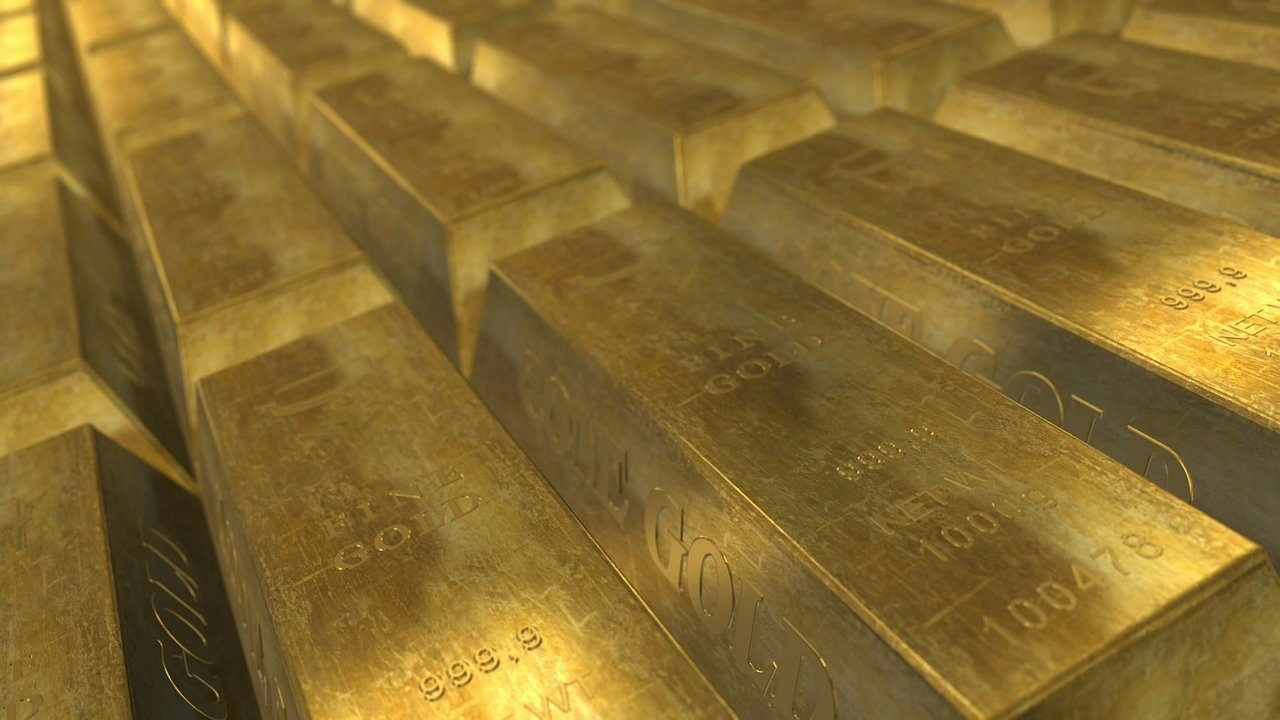Gold’s price including scrap gold price has shown that it can maintain its worth over long periods of time, although it is notoriously unpredictable in the near term. The price of metal is affected by a number of variables. Gold is priced in dollars, therefore when the dollar strengthens, gold prices fall and vice versa. The gold price is influenced both by actual and anticipated inflation. The demand for gold in jewelry and electronics, as well as central bank purchases, affect the price of gold.
1. Primary Factors Affecting Gold Prices:
Although supply and demand analysis is essential, but it is not sufficient for predicting to Buy Gold in London. Consider the main drivers of gold’s ups and downs to better anticipate its price movement in 2023 gold market.
1. US Dollar Value:
Gold is priced in dollars, therefore when the dollar’s value drops, it affects the prices of gold in the gold market. If all else is equal, the dollar’s strength helps keep the cost of gold in check, whereas a weaker U.S. currency usually causes a price of gold to rise due to increased demand due to the more gold may be acquired if the value of the dollar is lower.
Therefore, gold is commonly considered a protection against inflation. Inflation occurs when prices go up, and as the worth of the dollar goes down, inflation also causes prices to go up. When inflation rises, the price of gold tends to rise with it.
2. Reserves at Central Banks:
Gold and paper currencies are kept in reserve at central banks. Gold prices tend to increase when central banks shift some of their currency reserves from paper to gold. Gold is a major component of the reserves of several countries around the world.
According to research, 2023 is expected to be the second-highest year for gold purchases by global central banks since the US abandoned the standard of gold in 1971, with numbers just slightly down from 2018. Gold purchases by central banks slowed in 2020, but surged again the next year and once again set a new 50-year high in 2023.
3. Rates of Interest:
Investors constantly assess the potential benefits against the costs. Investors seek bigger profits from commodities and other alternative investments as interest rates fall.
In addition to determining interest rates, the Federal Reserve also offers analysis on economic trends. Investors in gold keep tabs on these movements and purchase and sell the gold, based on the opportunity cost of doing so, or the value of gains from forgoing other possibilities. Gold prices tend to decline if the Federal Reserve’s decision indicates high-interest rates of interest and to rise when they indicate of a fall and no increase in interest rates.
4. Gold Extraction and Mining:
As miners dig longer and more deeply for higher-quality gold, the rising cost of mining and production has a direct effect on the price of gold. Because of rising production costs and increased difficulty in the mining process due to increased risks to workers and the environment, this precious metal is becoming increasingly scarce. As a result of these growing dangers and the ever-increasing work required to extract the same amount of gold, the price of gold is usually increasing.
5. Import Duties and Taxes:
Gold is subject to a customs charge when brought into market. The price of gold on the market reacts immediately to any increase in customs tax brought about by a shift in government legislation. Gold’s price is inflated by factors such as government levies and transportation fees that vary by population hub. Consequently, the price moves upward as a result of a rise in any one of these components.
Investing in gold is a common practice for people of London. Before deciding to follow the path of gold investors, it’s important to consider all of the essential aspects affecting gold prices. It is important to evaluate one’s risk tolerance and investing strategy before making any major changes to one’s savings.



 Bitcoin
Bitcoin  Ethereum
Ethereum  Tether
Tether  XRP
XRP  Solana
Solana  USDC
USDC  Cardano
Cardano  TRON
TRON  Lido Staked Ether
Lido Staked Ether  Avalanche
Avalanche  Toncoin
Toncoin